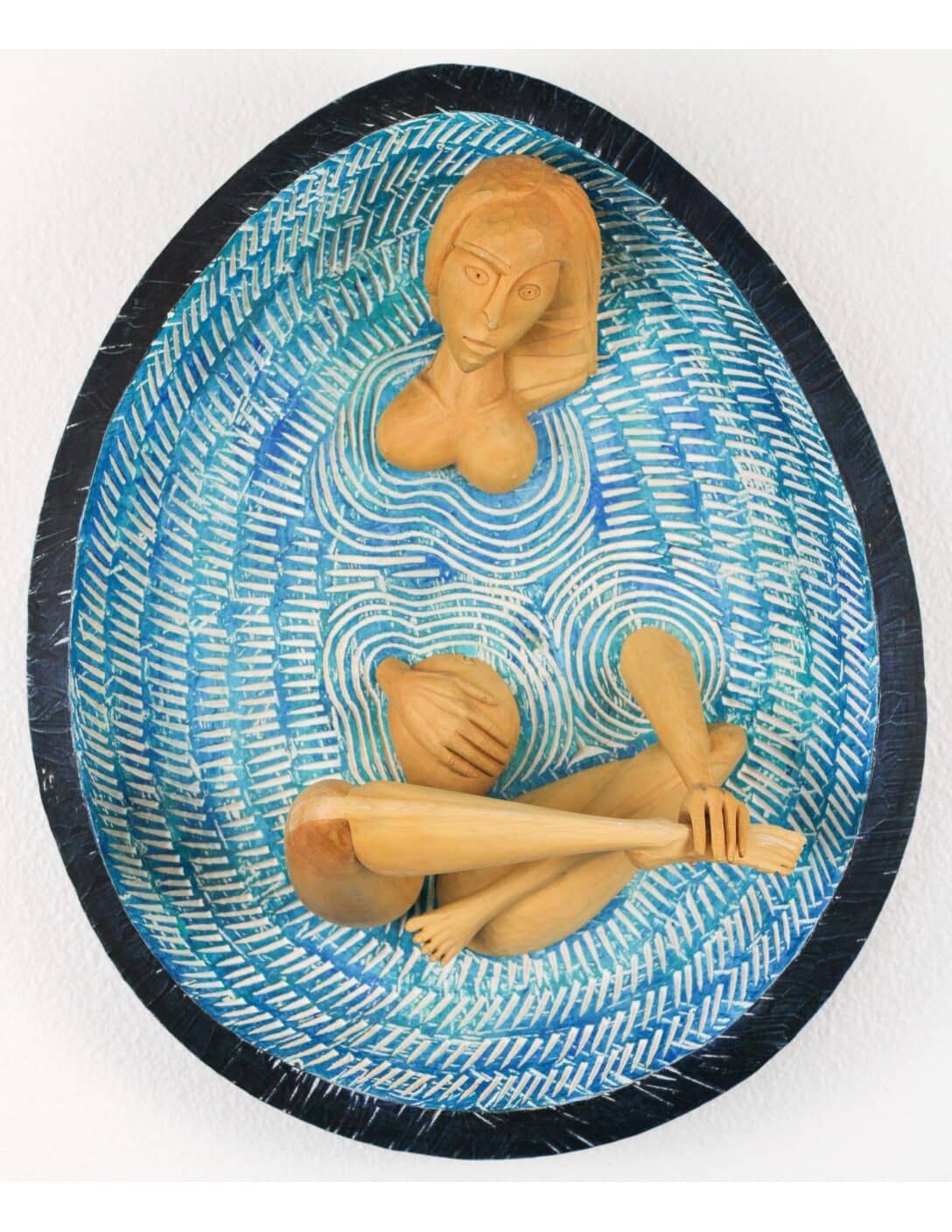Manuel Müller, born in Paris in 1955, is a Franco-Swiss sculptor and
engraver. His father was a sculptor and his mother was a jeweler and painter. In 1972, he discovered engraving through an internship at the Clot and Bramsen workshop in Paris before settling in Carrara, Tuscany to learn how to work with marble. He began to learn how to carve wood, which would later become his favorite material. He moved to Lausanne, Switzerland, in 1982 and has continued to develop his sculptural practice.
His work was awarded the UBS Sculpture Prize in 1987, the Bourdelle Prize in Paris in 1993, and the Jenisch Museum in Vevey organized a retrospective in 2001. He is regularly presented at Art Basel and his works are collected by private collectors and institutions and presented at art fairs around the world.
From the article ‘The Sculptor and His Muses’ (Foreign text of Françoise Jaunin)
(…)” Put the work of Manuel Müller in a box or under a label. It is lost! It escapes all. The only qualification that can define it exists only in German: Einzelgänger. The word is as beautiful as it is untranslatable.
Lonely Walker would probably be the closest thing. In the field of contemporary art, man is indeed a solitary walker, a surveyor of cross-country paths, off-center geographies, and crosses of very distant periods. But it also refers, through the detour of its reconstructed strata of history, to the composite barbarity of our present time. And who, under the seal of a familiar strangeness, never ceases to reinvent and recompose all these fragments of art, history, cosmogony, and ethnology? For even if some, he recalls, assure that “Everything has already been done».., “I will not be deprived of the pleasure of doing it again.” And it is indeed the snide and jubilant verve of his personal syncretism, his apprehensive and amazed fascination at the formidable multiplicity of the world, and its fruitful obstinacy to rediscover and re-enchant it, which make up the singularity and bewitching power of its theatre of desire and plural unity.”
Müller’s work is concerned with ideas of care for humanity and the theatrics of life. His sculptures exude elements of surplus and excess. The colors within his work are added as a final step, representing placing spirit on the human soul. Müller references elements of other art and historical movements, never shying away from the ability to reinvent or recompose an idea.
